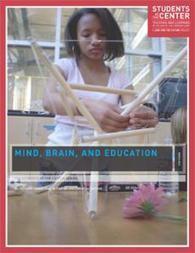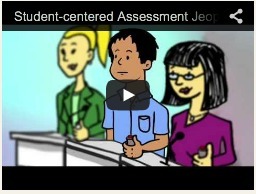Students' ownership of the classroom and learning begins when you communicate that you're listening, that you respect them, and that they can trust you.
Research and publish the best content.
Get Started for FREE
Sign up with Facebook Sign up with X
I don't have a Facebook or a X account
Already have an account: Login
What pathways are being designed in today's schools to personalize the learning experience?
Curated by
Kathleen McClaskey
 Your new post is loading... Your new post is loading...
 Your new post is loading... Your new post is loading...
|

Phillip Heath's curator insight,
January 19, 2014 4:08 PM
Relationships will always be the heart of education |
















adicionar sua visão ...